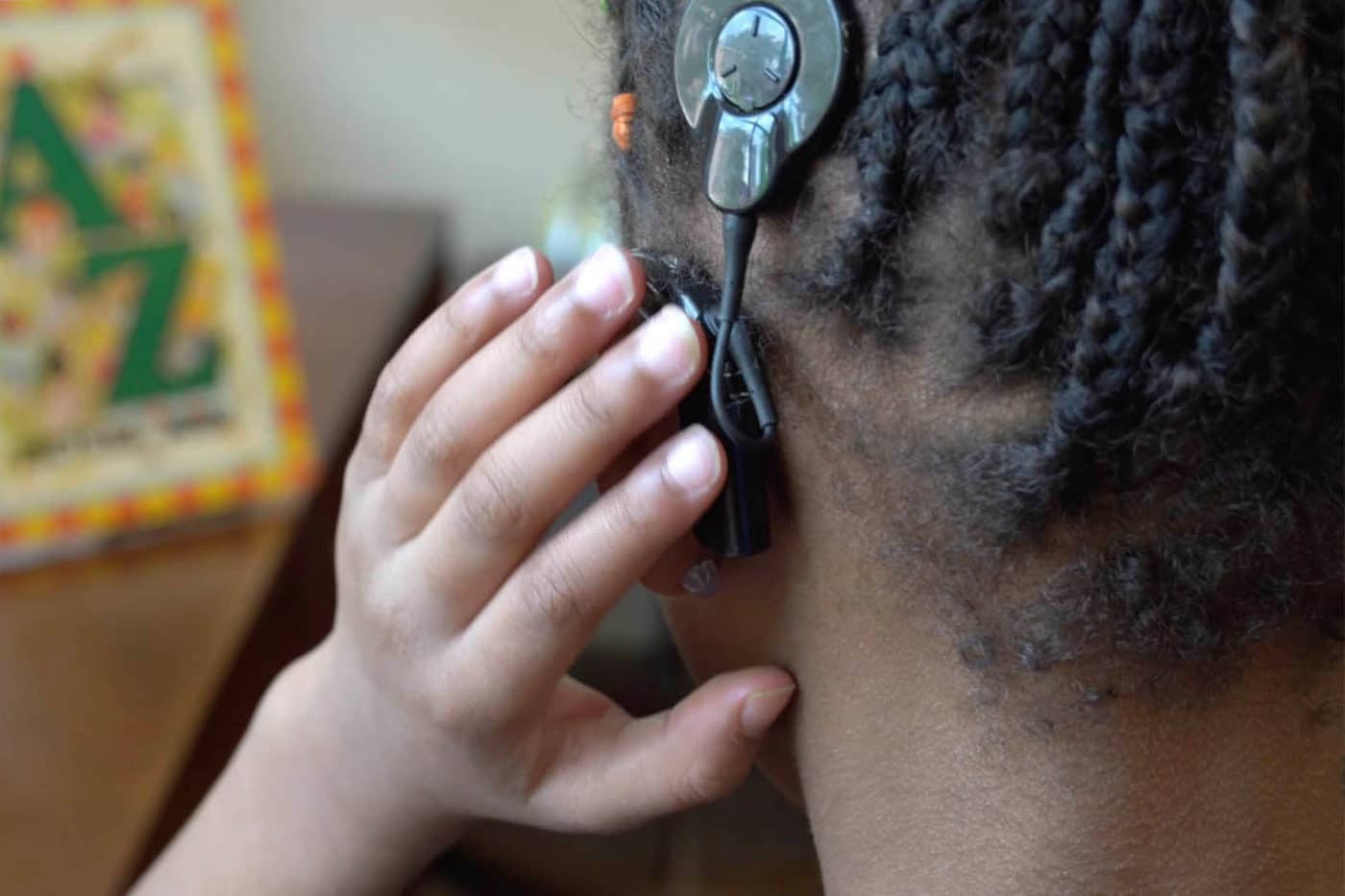So much of the focus from parents and professionals revolves around diagnosis, amplification and the development of speech and language, often leaving more abstract skills like self-advocacy until the children are older. However, teachers, parents and caretakers can begin to cultivate these skills at an early age. First you might ask, what does self-advocacy mean and how does it pertain to my students? Self-advocacy involves your students’ ability to speak up for what he or she needs. You can begin to imagine how often this skill is needed during any given school day, and how important it is that your students be comfortable with it. While self-advocacy pertains to the classroom and social situations (e.g., discussing preferential seating with a teacher, asking friends to look at you when they speak, etc.), device self-advocacy is often a great starting point with young children before they begin school.
Benjamin Franklin said: “Tell me and I forget. Teach me and I may remember. Involve me and I learn.” With the end goal being self-advocacy, it stands to reason that the sooner we can involve the child in the use and maintenance of her devices, the more apt she will be able to do so for herself as she gets older. Early efforts by parents and early intervention providers can be simple. Narrate the daily routines of device care, such as the listening check, the battery check and putting the devices in the dehumidifier. As she gets older, and as safety permits, begin to let her help maintain her devices. Let her select a special box or container in which her devices are kept when not “on” or not in the dehumidifier. Allow her to choose stickers to decorate her devices or the outside of the dehumidifier.
Each of these strategies encourages personalization and ownership of the devices. Praise your student when she correctly removes her devices. Reward her when she notifies you of a dead battery or non-functioning device. Let her choose which device is removed first for listening checks. This engages her and highlights the importance of these daily routines.
As the child gets older, shift the focus to help her understand what she needs to succeed and how to communicate those needs to others, such as teachers and peers. Some of these strategies are simple. She should discuss preferential seating in class and devise a plan for troubleshooting during the school day with her teacher. Strategies used by the teacher include facing the students when speaking or restating questions asked by peers that other students may have missed. If she wears an FM/DM system at school, encourage her to ask teachers and peers to use it. As the teacher, accommodate and support the continued use of the additional equipment and give her confidence to continue using it in social situations.
A child can begin self-advocacy skill development even at a young age. Create a strong foundation by talking about hearing loss and what it means, embracing strengths and weaknesses, and building commentary about device care. As the child gets older, supervise her as she begins to take on maintenance tasks. Encourage her to problem solve and be a solution-seeker. Empower your child to be the master of her devices and listening in general.












